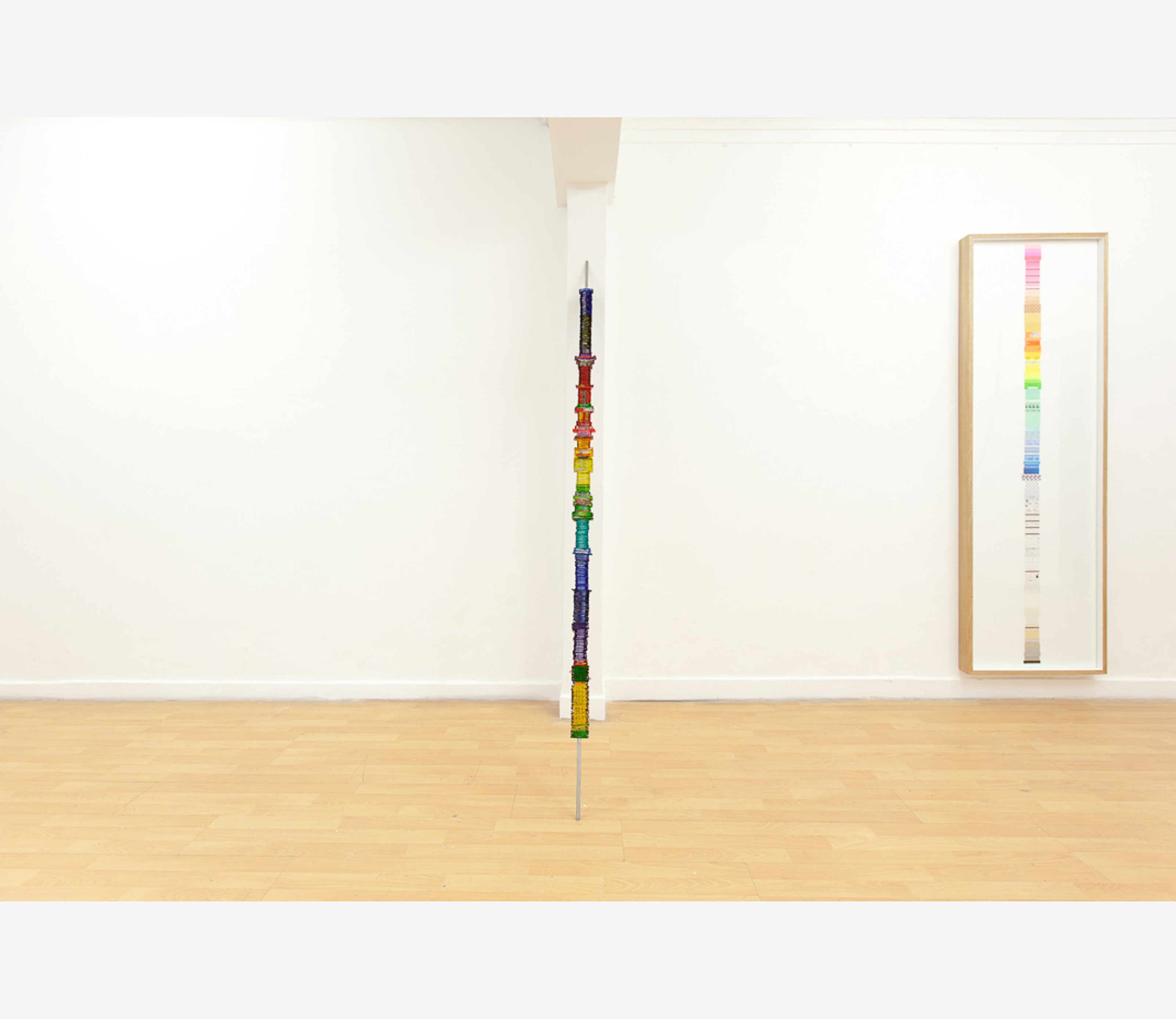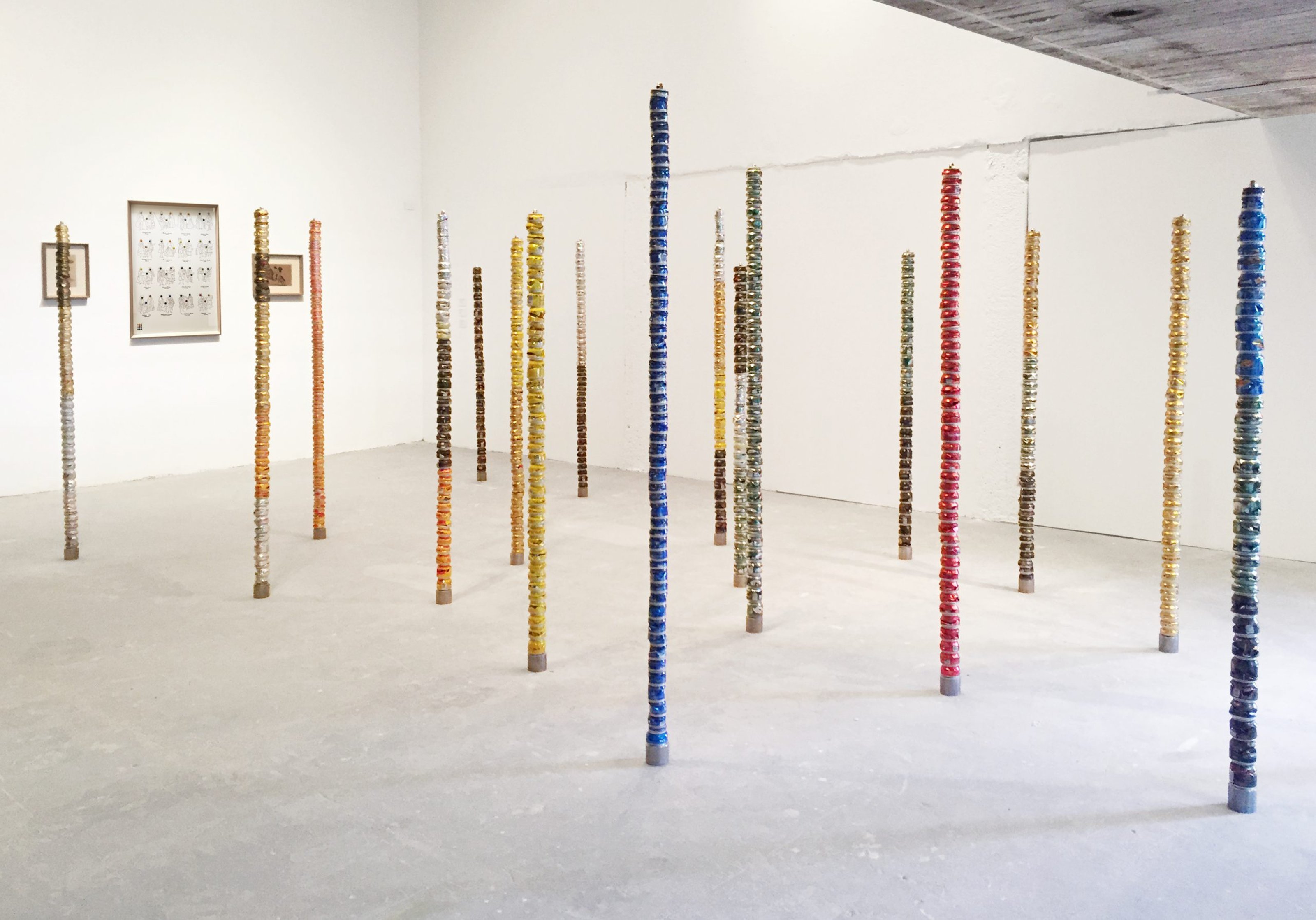
For millennia, us humans have pondered about the fabric of reality, of what the world is really made of. Aristoteles, Immanuel Kant, and many more, have thought and argued of what the nature of reality is, with an equal number of different ideas of what might be real—if such a thing exists. But no one in Ancient Greece could have imagined that their thoughts would still be discussed and relevant today, thousands of years later. Not even Euclid, who found the seeds from which the geometrical worlds grew and that has become a layer of what we call reality today.

Reyes Santiago Rojas – Sarta, 2015 (intervention on commercial tobacco packaging)
In the 2nd and 3rd centuries BC, Euclid wondered if there was an inner logic to geometry—and subsequently mathematics—with which it could become independent from the shortcoming of perception. Geometrical models can now prove their own stability, especially, in architecture, without secondary testing outside of the geometrical system. For example, when designing the construction of a tower, its stability can be measured beforehand on paper instead of remaining dependent on the self-manifestation of its stability and hoping the tower holds its weight once it’s built.
artwork: Reyes Santiago Rojas – Lote 11.900, 2016. Courtesy the .
The groundwork Euclid devised for geometry and mathematics has expanded into a whole universe in which the magic of numbers reigns and explains all. Relations between numbers—that we also observe in patterns in nature—draw us to them, as if a secret message awaits us only if we align them in the right system. Forever, mankind seeks the magic of numbers.

Reyes Santiago Rojas – Pantone, 2017. Courtesy the artist.
This article is part of a series of special features for the exhibition ‘1-31’ curated by Adam Carr.